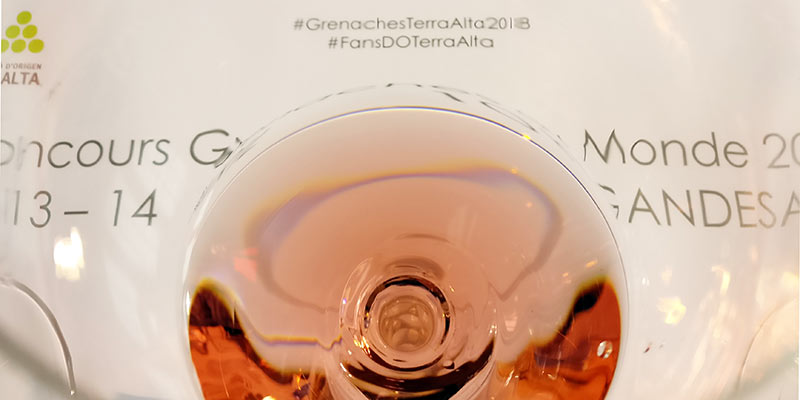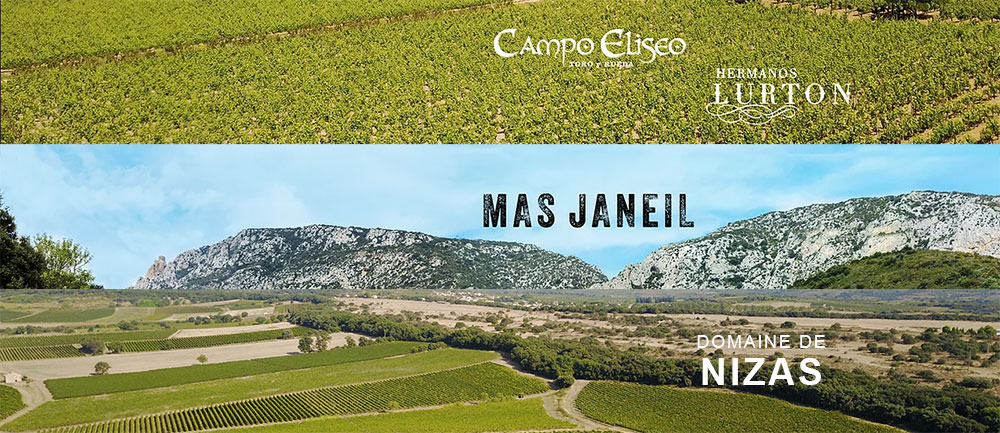The DOP Cebreros has been busy over the summer with a number of changes to their by-laws or pliego de condiciones coming into force.
First off, it’s important to note a small detail in that Cebreros, which was established in 2017, isn’t technically a “Denominación de Origen” in Spain the way regions such as Ribera del Duero or Cava are. It’s a VCIG or “Vino de Calidad con Indicación Geográfica” which was originally intended to be a stepping-stone classification to raise a region from “Vino de la Tierra”, eventually arriving to “Denominación de Origen”. But, the European Union classifies both DO and VCIG as a PDO or a Protected Denomination of Origin which is why the Cebreros folks always state it at DOP Cebreros as DOP is PDO in Spanish.
What’s the difference? I’ve never really been sure unless it’s simply an issue of recognition or a question of “does it feel like is has DO ‘vibe’ yet?” These VCIG are the same as the “Vin Delimité de Qualité Supérieure” which I believe were done away with in France as all were promoted to full appellations a few years back. In Spain, there are five others beyond Cebreros and it seems like it has to do with having a full management council as some are very small groups. Cebreros isn’t huge with just 500ha of vineyards albeit with 23 wineries which is 15 more than DO Campo de Calatrava which was recently classed as a DO without this VCIG phase. Despite Cebreros’s size, that hasn’t stopped them from implementing a number of changes that only the top regions in Spain have recently put into place for higher quality standards.
A focus on origin
The most notable new item is finite regional division. They’ve created a “Unidades Geográficas Menores” or essentially subzones of: “Sierra de Gredos”, “Valle del Alberche”, “Valle de Iruelas”, and “Valle del Tiétar”. It will be interesting to see what happens with the first one as Sierra de Gredos is also within the boundaries of DO Méntrida as well as a small western nub in DO Vinos de Madrid. But whatever the case, it’s fantastic that this can appear on labels in an official capacity finally as it’s one of the most exciting regions in Spain–that doesn’t have its own DO.
Then, in what is much more akin to DOC Rioja as opposed to DO Bierzo or DOQ Priorat is the creation of a “Vino de Paraje” and “Vino de Parcela” scheme for both smaller zones (paraje) or individual vineyards (parcela). What’s interesting is that the Vino de Paraje classification is only available in the following villages currently: Burgohondo, Cebreros, El Hoyo de Pinares, Navatalgordo, El Tiemblo, and Villanueva de Ávila. Apparently to use it in others (there are 35 in total), that will require a case being made for inclusion.
“Vino de Paraje” and “Vino de Parcela” require 100% of the grapes to be from the stated point of origin but it’s only the latter that requires full organic certification of the vineyards.
Details in the datas
Other interesting details are that they’ve dropped the alcohol minimums which is great. Whites and rosés go from 12% to 11.5% while reds go from 13% to 12.5%.
While that’s commendable and should allow for fresher wines, for some reason they’ve then dropped the acidity minimums at the same time. For whites it went from 4g/l to 3.5g/l and for reds and rosés 4.5 g/l to 4g/l. The reason stated is due to a “change in climatic conditions”. It’s admittedly still higher for reds than say DOQ Priorat, another Grenache-drive region, so it will be up to individual producers as to how much acidity they’re searching for.
One item that was quite unfortunate was the raising of the yields from 6,000kg/ha up to 8,000kg/ha for all varieties. That’s a very sharp jump and at most should have only been allowed for the whites, which are always higher in all regions. While still a good deal lower than other Spanish regions, it will be up to individual producers to reduce vineyard yields to keep quality up.
Overall, it’s an interesting set of changes with some great and some just putting them more in line with other regions of Spain, but at any rate, it’s an extremely active move on the part of the council for a region that’s so young and clearly wants to continue establishing itself.



